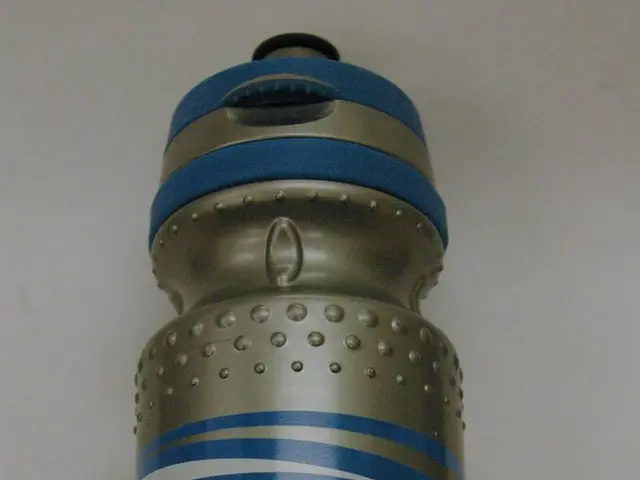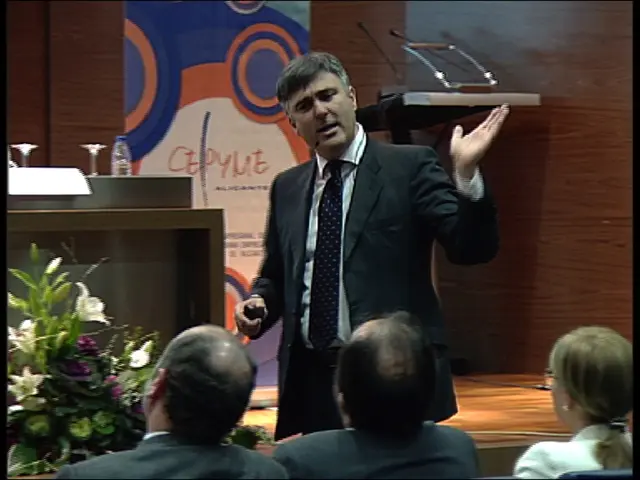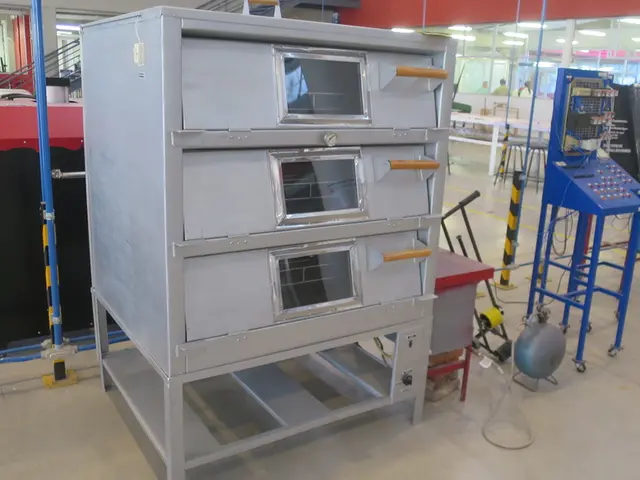MIT & Harvard Researchers Revolutionize Quantum Error Correction
Researchers from MIT and Harvard have made significant strides in improving quantum error correction. Their work aims to reduce the number of physical qubits needed to protect a single logical qubit, with detailed simulations and analysis demonstrating the effectiveness of their optimizations.
The team developed two new syndrome extraction circuits for the Color Code: the semi-wiggling color code and the CXSWAP midout circuit. These circuits offer faster error detection and reduced error propagation, enhancing the efficiency of quantum error correction.
The semi-wiggling color code dynamically swaps the roles of data and measurement qubits, reducing errors. Meanwhile, the CXSWAP midout circuit utilises the CXSWAP gate, leading to a reduction in circuit complexity and a smaller footprint.
The researchers also introduced the CXSWAP superdense circuit and improved existing algorithms such as Minimum Weight Perfect Matching and Belief Propagation. These advancements aim to build more robust and efficient quantum computers, paving the way for complex calculations and secure communication.
The team's work demonstrates a reduction in error correction overhead and improved decoding algorithms. By developing new circuits for the color code and optimising existing ones, they bring us closer to practical, error-resistant quantum computers.
Read also:
- Alcohol and Hormones - A Delicate Equilibrium Prone to Disruption
- Guidelines for resuming operations: Strategies for hotels to utilize their resources beneficially during the ongoing lockdown period
- Manhattan Project's Legacy: Ending WWII, Starting Nuclear Arms Race
- Medical facility achieves $1.3 million annual savings on energy expenses and enhances patient comfort levels.








